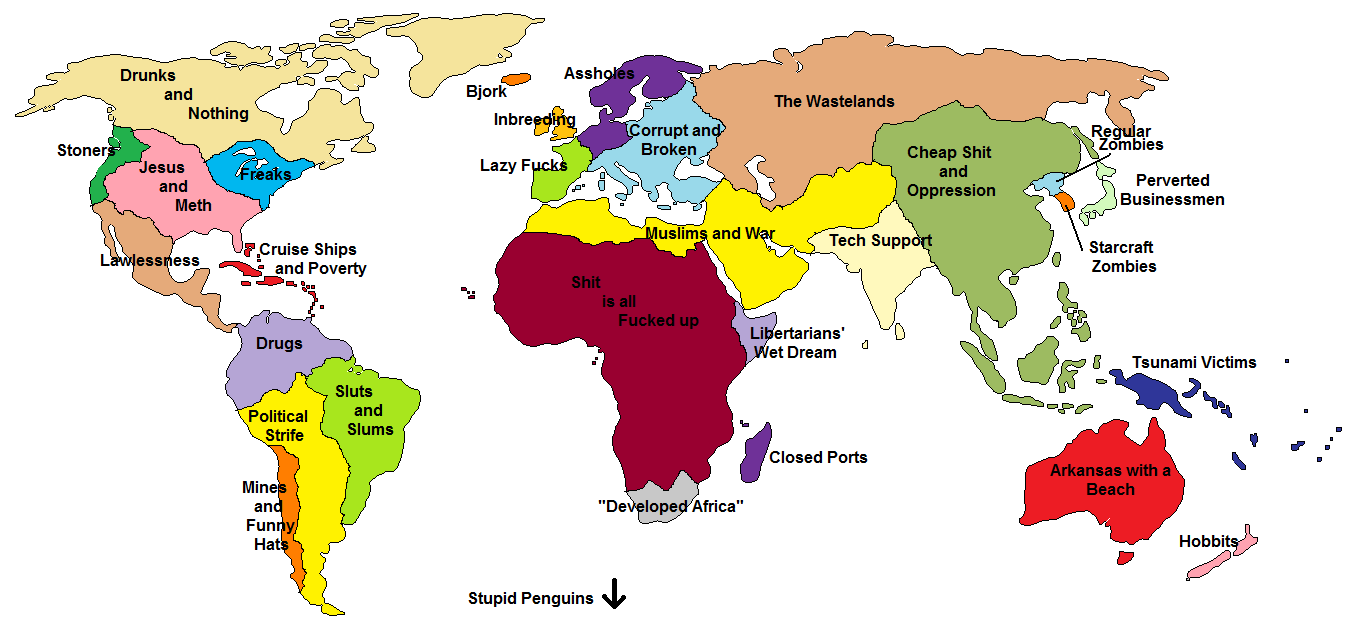Cultural Awareness and Maps: How to Offend a Nation
Maps are a great source of information – but they can also become points of contention as maps, by their very nature, draw political, cultural and historical boundaries.
When these boundaries are incorrect it can lead to negative consequences.
Google recently made headlines when their online map of Switzerland turned out to contain some serious mistakes.
Adam Taylor, from Business Insider, points out the inaccuracies in the map of Switzerland that is available on Google Maps. He isn't impressed.
These mistakes have caused what one newspaper has called "Linguistic Chaos.”
Switzerland has four official languages: German, French, Italian and Romansh. However, for some reason Google has decided to give landmarks in Graubünden, a German part of the country, Romansh names! Locals obviously are not impressed.
In a German article on the website Südostschweiz (Southeast Switzerland), it is stated that at least ten of these landmarks are displayed with an incorrect name. Some of these errors are striking, Taylor says; the town of Flims, for example, has been given the Romansh name Flem, even though it is located next to the correctly named Flims Dorf.
However, the Swiss are not the first people to have been offended by Google. In 2009, according to Fox News the company upset the Japanese by using historical maps of the Japanese country based on lines from the feudal era.
In this era, the lowest class in the hierarchy was the “burakumin” who had professions that involved death and therefore lived in isolation. The burakumin’s ancestors, which are identified based on the place where they live or their ancestors used to live, still encounter prejudice.
According to Fox News, the maps that were released by Google pointed out a number of locations where the burakumin lived, which made it easier for employees, landlords and the like to spot burakumin descendants. No wonder the Japanese did not receive the maps with open arms. In fact, Google was even confronted with inquiries from the Justice Ministry.
Google isn’t the only internet giant that has been wide off the mark when it comes to cultural sensitivism and maps.
At the beginning of the millennium, Microsoft offended a great deal of the Indian population. In an article on The Register, Lester Haines explains; in the original version of Windows 95, the installation process also involved setting your time zone. To set the computer to the correct time zone, the user simply had to choose his country from a drop down menu or click on his country on a world map. The selected country would then appear in a different colour on the map.
However, if India was selected, Haines says, the state of Kashmir was only partly displayed; at the time, a part of the state was occupied by Pakistan and was thus part of that country, according to Windows. According to Haines, the Indians did not take this mistake lightly and even threatened the Windows version with a ban. However, Windows mended their misstep quite easily: in the next Windows version, there simply was no world map that highlighted the user’s location!
These examples show that companies should take great care in creating and using maps, whether these are intended as resources or simply part of their website or software.
Again, we cannot stress the importance of cultural awareness enough; if you know what languages and cultures exist in the area you wish to display and know about the local political situation, you will hopefully avoid mistakes like the ones Google and Windows made.
And to finish off, here is a map that offends everyone! Click to enlarge...
Related Posts
By accepting you will be accessing a service provided by a third-party external to https://www.commisceo-global.com./

 +44 0330 027 0207 or +1 (818) 532-6908
+44 0330 027 0207 or +1 (818) 532-6908

